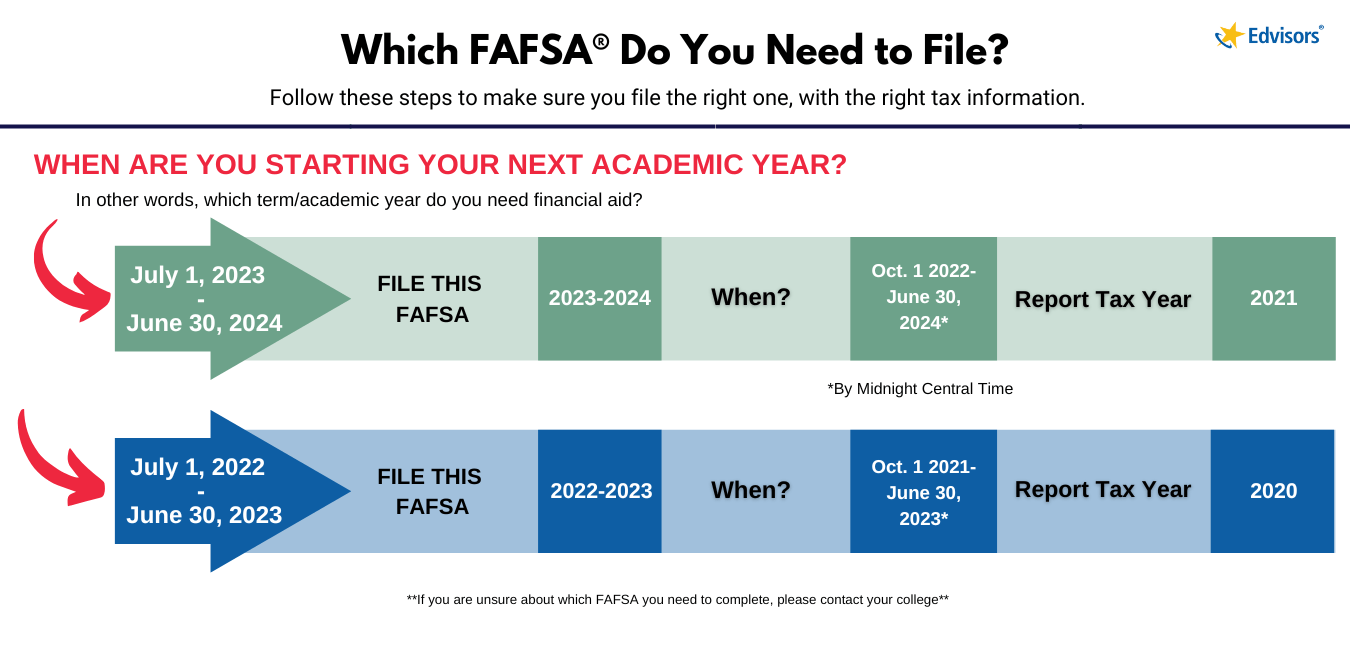
A teaching credential can be obtained in any of several San Diego programs if you wish to teach in a specific subject. TESOL courses prepare teachers for middle school and high school students. You can also obtain a credential in K-12 education as an arts, music, or physically based specialist. These programs require advanced coursework, research in teaching methods, as well as the ability to apply what they've learned in the classroom.
Teachers can guide students with moderate to severe disabilities by obtaining a special education credential
The Special Education Credential authorizes teachers to teach moderately and severely disabled students. The California Commission on Teacher Credentialing has accredited it. It requires that you have completed at minimum 75% of the California college/university program in order to earn it. You can transfer courses from other institutions as long they were completed within the last seven-years.
You must first earn a certificate in education to obtain a special education credential. There are several types of special educator credentialing. A credential in special education is recommended for teachers who are already licensed. This credential allows the guiding of students with a language or speech impairment. Be aware that students with disabilities such as these can have a negative impact on their educational performance.

Special education credentials are available for many different disabilities. Some students may be classified as having severe physical disabilities or blindness. Others may have mental disabilities, such as autism.
The integrated teacher education program pathway is a combination of a bachelor's level degree and a credential
The Integrated Teacher Education Program pathway is designed to allow students to earn both their bachelor's degree and credential in four years. This program requires that you take a certain sequence of courses. The program also includes a student teaching intern. Part of the program, students must take education foundations classes.
The program's graduates will be eligible to obtain a California Deaf, Hard-of Hearing Specialist credential or a Preliminary Multiple Subject Credential containing American Sign Language. The curriculum includes courses that cover both classroom practice and theory in bilingual education. The second year of study is focused on a research-based assignment.
California graduate schools offer an integrated pathway for teacher education that combines a bachelor's and credential program. Azusa Pacific University and High Tech High Graduate School of Education offer rigorous teacher education programs with a hands-on focus. These graduate programs in teaching and education combine hands on preparation with an intensive teaching residency at San Diego's most prestigious K-12 charter schools.

Availability of internship positions for single subject students
Students pursuing a single-subject teaching credential are required to apply for internship positions. These positions are available by districts as part of the program. They provide a better way for teachers to get to know the classroom environment and prepare them to teach. Interns receive a salary commensurate with their workload.
Students pursuing the credential program must also complete a rigorous professional preparation program, including a full-time summer program. During this time, students are exposed to a variety of teaching methods and work with diverse communities. The program is designed to provide students with the skills they need to succeed in a teaching career and is highly competitive. Students who successfully complete the program enjoy a near 100% employment rate upon graduation.
The 120 hour requirement for pre-service hours includes twelve semester units of coursework. There is also a fieldwork component to each course. They must also apply for a California intern certificate, which lasts for one calendar year, and meet all other certification requirements. After meeting these requirements, students will need to apply for an internship position with the California Commission on Teacher Credentialing. To discuss their individual needs, applicants should speak to a Credential Advisor.
FAQ
What is a Trade School?
People who are not able to succeed at traditional higher education institutions can earn a degree through trade schools. They provide career-oriented programs to help students prepare for specific occupations. Students enrolling in these programs typically complete two years of coursework in a single semester and then enter into a paid apprenticeship program where they learn a job skill set and receive on-the-job training. Trade schools are vocational schools and technical colleges, as well community colleges, junior colleges, universities, and other institutions. Some trade schools also offer associate degree programs.
How can I apply to college
There are many different ways to apply to college. Reach out to your high school guidance counselor, admissions representative or for more information. Many high schools offer online applications. Contact local colleges for more information. Many colleges accept applications via the Internet.
If you decide to apply through the mail, you'll need to fill out the application, write a personal statement, and send copies of all required documents with your application. The personal statement gives you an opportunity to share why you want to attend this particular institution and how it would benefit you. It is also helpful for admissions committee members to understand your goals, motivations, and values.
You can find sample essays that you can download from our website.
When choosing a major, what factors should I consider?
First, you should decide if you want to go into a career straight away or go to college. Then you should make a list of your interests and talents. You might be interested in reading, listening and watching music, or talking to people. You might be gifted in singing, dancing or writing. When you identify your talents and interests, you can use these to guide you in choosing a major.
Fine arts or art history might interest you if your dream is to be an artist. Biology could appeal to you if animals are your passion. Pre-medicine or medical technology may be an option for you if your dream is to become a physician. Computer science or computer networking is a great career choice for someone who wants to work in computers. There are many options. Think about what you want to do.
How long does a teacher of early childhood take?
The bachelor's degree program in early childhood education takes four years. You will spend two years taking general education courses required by most universities.
After finishing your undergraduate degree, you'll usually be accepted into graduate school. This step allows one to specialize in a certain area of study.
For example, you might choose to concentrate on learning disabilities or child psychology. After completing a master's degree, you can apply to teacher preparation programs.
This process can take many years. This is a time when you will learn real-world skills from experienced educators.
Finally, you will need to pass state exams before you can officially begin working as a teacher.
This process is lengthy and you will not be able instantly to enter the workforce.
What is a vocational high school?
Vocational schools are institutions offering programs designed for people who want to enter a specific occupation. They may also provide general education courses and training in skills needed by employers.
Vocational education has a significant role to play in society. It helps young people gain the skills they need to succeed. It provides students with high-quality learning experiences.
A vocational school provides a variety options for its students. They can choose from certificates, diplomas or degrees as well as apprenticeships, certificates, diplomas or degrees. Vocational schools offer both academic and practical courses in math, science and English.
How can I get scholarships?
To help pay college expenses, scholarships are grants. There are many types and types of scholarships. These scholarships include:
-
Federal Grants
-
State Grants
-
Student Loans
-
Work Study Programs
-
Financial Aid
Federal grants come directly to the U.S. Federal grants are subject to certain conditions. For example, you must demonstrate financial need.
Individual states can offer grants to state governments. State grants can be offered by each state based upon financial need, while others are given for specific purposes.
Banks and other lending institutions can issue student loans. Students typically borrow money to cover costs such as tuition and living expenses.
Employers can use work-study programmes to attract qualified students. Employers must pay their employees at least the minimum wage.
Financial aid is available to help low-income families pay for college. It covers all or most of the tuition costs.
Statistics
- Data from the Department of Education reveal that, among 2008 college graduates, 92.8 percent of humanities majors have voted at least once since finishing school. (bostonreview.net)
- They are more likely to graduate high school (25%) and finish college (116%). (habitatbroward.org)
- Among STEM majors, that number is 83.5 percent. (bostonreview.net)
- Think of the rhetorical power of nineteenth-century abolitionist Harriet Beecher Stowe, Martin Luther King, Jr., or Occupy Wall Street activists with their rallying cry of “we are the 99 percent.” (bostonreview.net)
- And, within ten years of graduation, 44.1 percent of 1993 humanities graduates had written to public officials, compared to 30.1 percent of STEM majors. (bostonreview.net)
External Links
How To
What is vocational education?
Vocational education prepares students for the workforce after high school. Students are trained in specific skills to be able to do a particular job such as welding. You can also get on-the job training through apprenticeship programs. Vocational education stands out from general education. This is because it focuses less on general knowledge and more on developing skills for specific occupations. Vocational education does more than prepare for university. It helps people find jobs after graduation.
Vocational education can be offered at any level of schooling: primary, secondary, college, university, technical institutes and trade schools. There are also many specialty schools like nursing schools and law schools, legal schools, medical schools and dental schools as well as veterinary medicine, veterinary medicine, firefighting, police academies and military academies. Many of these schools offer both academic instruction and practical experiences.
In recent decades, many countries have made large investments in vocational training. It is still controversial whether vocational education is effective. Some argue it doesn't improve students' employability, while others argue it prepares them for the future.
According to the U.S. Bureau of Labor Statistics, 47% of Americans have a degree or certificate related to their current occupation. This number is higher for those with higher education. 71% of 25-29-year-olds have a bachelor's or higher degree and are employed in areas that require postsecondary credentials.
The BLS reported that almost half the adult population of the country had at least one form of postsecondary credential as of 2012. One-third of Americans had a two year associate degree. Only 10% held a four-year bachelors degree. One in five Americans has a master's or doctorate.
The median annual salary for people with a bachelor's was $50,000. This compares to $23,800 for those who don't have a degree. For those with advanced degrees, the median wage was $81,300.
For those who did not complete high school, the median wage was only $15,200. Earn $13,000 per annum for those with less high school diplomas.